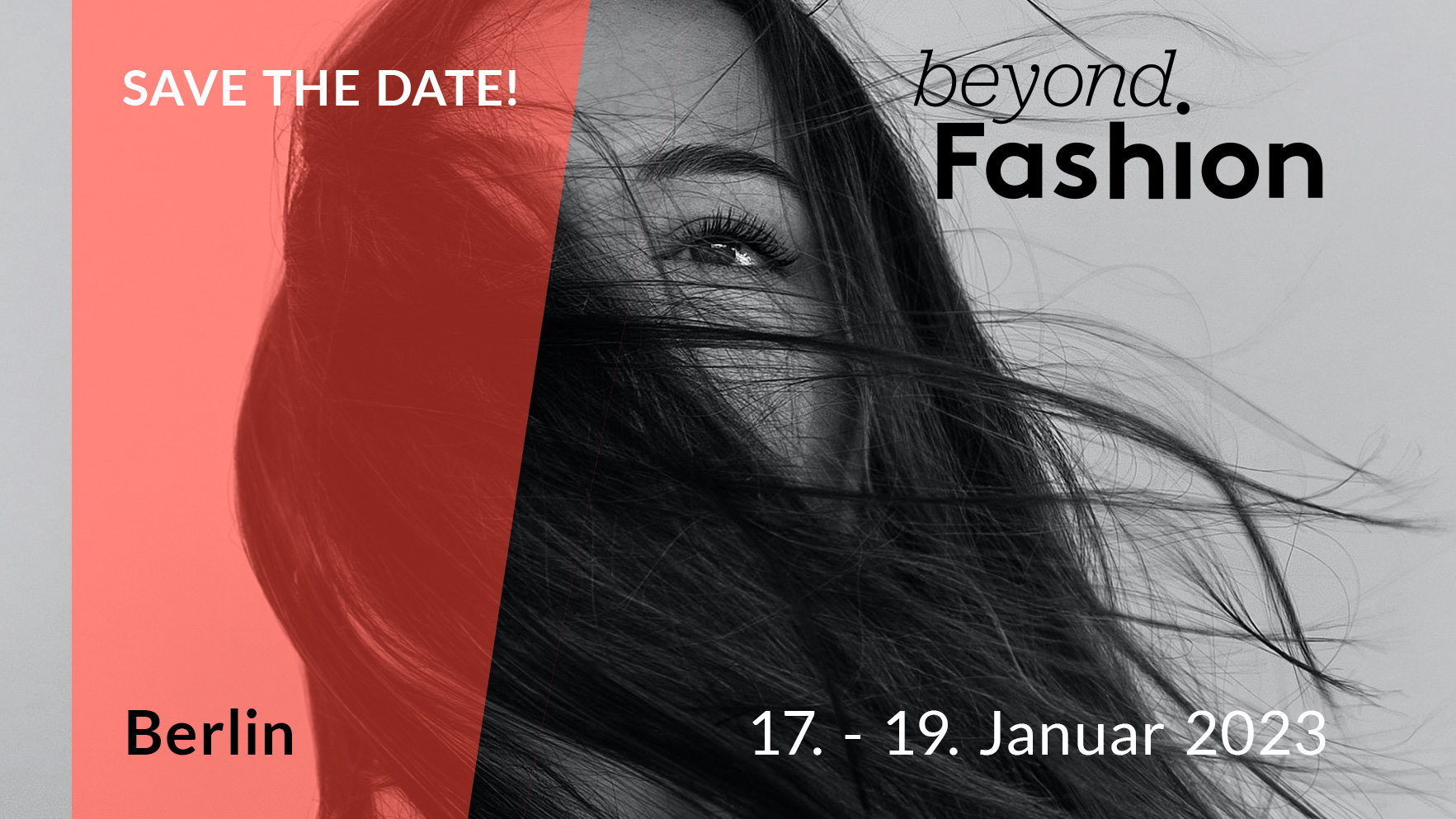Together with the German Street art collective Mentalgassi and the advertising agency Wieden + Kennedy, Amnesty International initiated a series of street art actions in several European cities as part of their ‘Making the Invisible Visible’ campaign. Posters of six individuals who became victims of human rights abuse were cut in thin stripes and taped to the sides of fence railings or bridges. The faces only become visible from a certain angle, if you look at them from the front on view the faces cannot be detected.
This very creative, yet political way of portraying individuals like Fatima Hussein Badi, Jabbar Savalan and Natalya Estemirova raised a lot of awareness and hopefully helps to support the ones who were persecuted, murdered or are convicted of crimes they didn’t commit. Next to the posters are plaques with the Amnesty International website that call upon people who pass by to go to their website and take action.
Take a look at the impressive video of the campaign
Together with the German Street art collective Mentalgassi and the advertising agency Wieden + Kennedy, Amnesty International initiated a series of street art actions in several European cities as part of their ‘Making the Invisible Visible’ campaign. Posters of six individuals who became victims of human rights abuse were cut in thin stripes and taped to the sides of fence railings or bridges. The faces only become visible from a certain angle, if you look at them from the front on view the faces cannot be detected.
This very creative, yet political way of portraying individuals like Fatima Hussein Badi, Jabbar Savalan and Natalya Estemirova raised a lot of awareness and hopefully helps to support the ones who were persecuted, murdered or are convicted of crimes they didn’t commit. Next to the posters are plaques with the Amnesty International website that call upon people who pass by to go to their website and take action.
Take a look at the impressive video of the campaign

